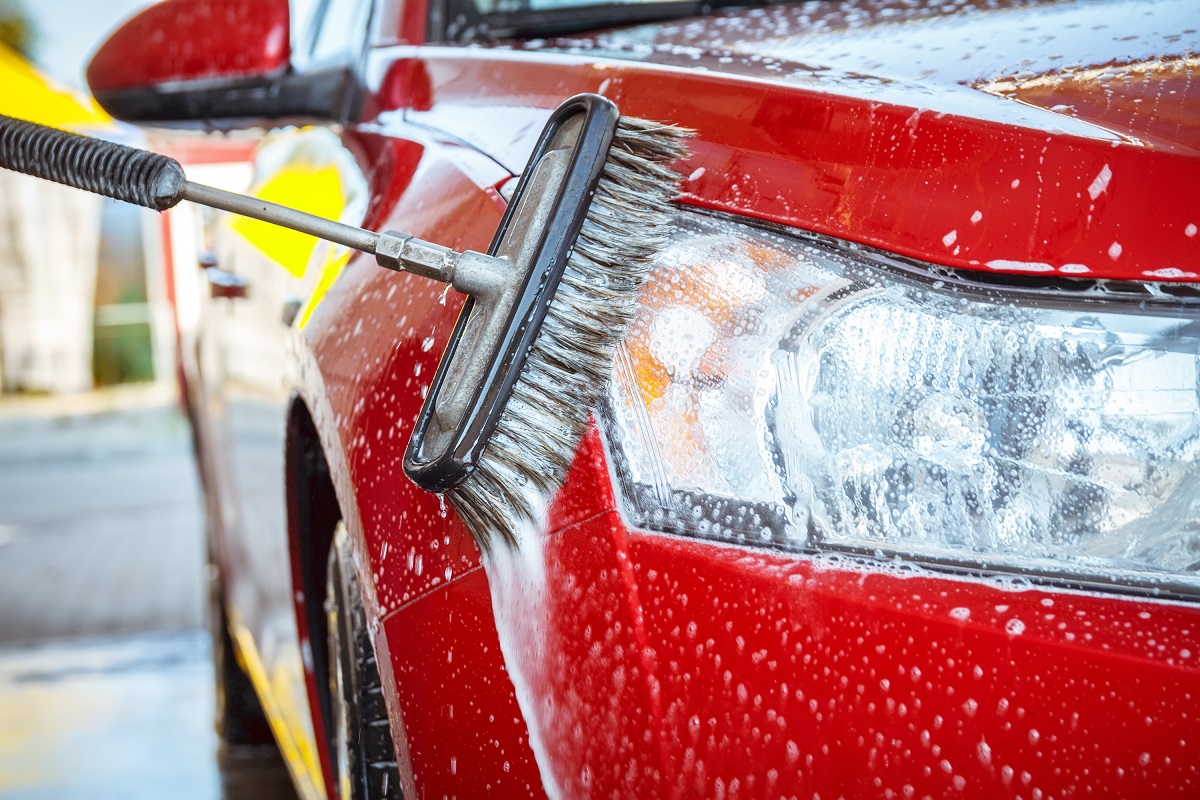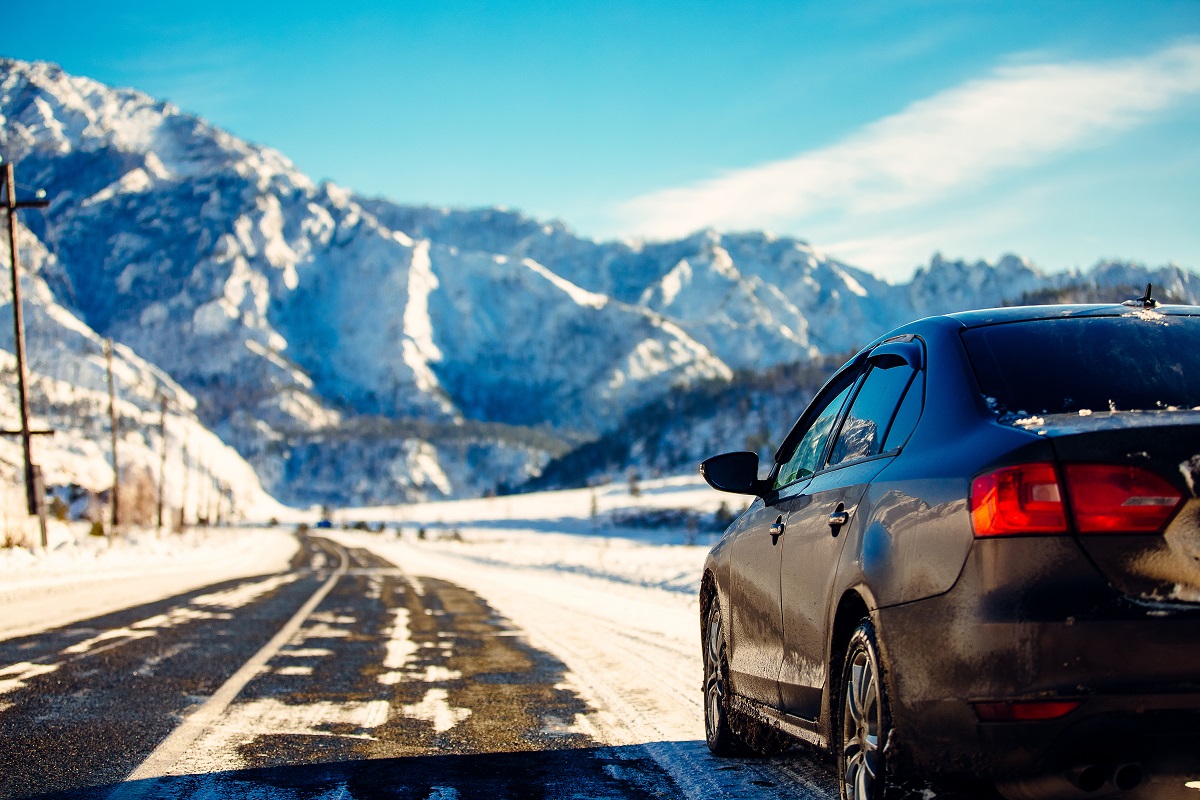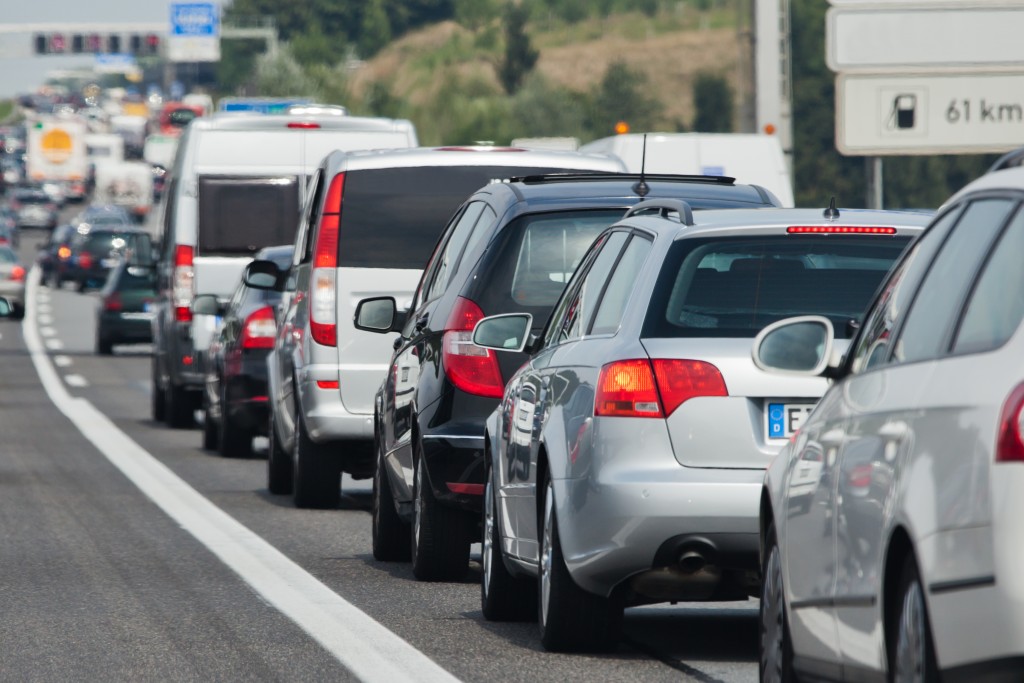Cars and other vehicles are significant investments and are usually ones most people would like to keep in tiptop shape for as long as possible. There are specific elements you should pay more attention to before they get to damage your vehicle.
With that in mind, here are the seven elements and their dangers to exposed vehicles.
Sun Exposure
One of the deadliest elements that can leave hefty damage to any vehicle is excess sun exposure—damaging both the interior and exterior of a car. Although your car is likely to have exterior paint designed to withstand heat and sun, it’ll eventually fade over time. That means your car can get damaged faster. Plus, your car’s interior, ranging from car seats to the steering wheel, can become brittle, eventually cracking down the line.
You can avoid this by parking your vehicles under covered areas and regularly washing and washing them. By parking your car undercover and periodically washing and waxing your vehicle, you can extend its lifespan. You can also use PVC plastic sheets as covers or makeshift tarps to protect motorcycles or cars parked outside.
Dust and Other Particles

Although it can be challenging to spare some time to wash your car thoroughly, excess accumulation of dirt, dust, and grime can have detrimental effects. These are often ‘fine particles’ that can rub tiny scratches in vehicle paint, leading to unsightly damages or eroded paint.
Grime
Whether you’re driving through a cloud of gnats during your journey or parking under a tree for a long time, vehicles typically withstand contact with bugs and other animal droppings, resulting in excess grime. Not only that, these by-products often possess corrosive qualities that can eat away the protective coating on most car’s paint. You can avoid this by frequently washing your cars and other vehicles.
Hail
Hailstorms are real, and they can affect some areas more than others—and they often happen without much warning beforehand. Hail of any size can impact any vehicle’s body, leaving small to massive dents or pockmarks behind. These usually need professional repair, which can be costly over time. That’s why it’s best if you prevent it from happening in the first place. You can do this by parking your vehicles inside enclosed spaces like garages or under carports.
Salt
Although driving along gorgeous coasts or settling in by the beach may sound like fun, it’s not ideal for any vehicle. That’s because though car paint has gained more resiliency against salt suspended in the air in coastal areas, you can’t do much against the corrosive agent of salt. All these can lead to early rusting of exposed areas of the vehicle. That’s why individuals looking to live in coastal locations or staying at the beach for a while need to check their car frequently. The most crucial parts include brake calipers, bolts, and nuts.
Covering the vehicle with a simple tarp overnight can help reduce the impact of salt.
Wet Weather
Just like how coastal living affects your car, locations experiencing frequent ‘wet’ weather alongside high humidities and excessive amounts of rain can leave detrimental damages. Exposing your car to water can increase rusting than when you leave a vehicle in a dry climate. That’s why it pays to regularly check your vehicle and repair and repaint any small dents, dings, or scratches you come across to prevent rusting in exposed areas.
Hot and Cold Weather

Driving in odd climates is inevitable. For instance, you can’t avoid driving in the scorching heat, leading to overheated engines and damaged tires. When adjusting tires for hot weather, keep in mind, don’t over-inflate them as they can cause air to expand further—compromising their overall performance.
Meanwhile, driving in cold weather also has its dangers. Although experts suggest that driving in the cold is best for a vehicle’s performance, it still comes with its downsides. Cold weather can affect cars by fluctuating tire pressure, forcing the engine to take a while longer to heat up and let its fluids thicken fully. That’s why when driving either in hot or cold environments, make sure to pay extra attention to your vehicle.
Cars and other vehicles have become an essential part of most peoples’ lives that helps anyone go from point A to point B conveniently. You’d often hear how vehicles affect the environment, but it’s not every day you hear people talking about the other side of the story—how elements can affect cars. Those mentioned are just some of the most noteworthy environmental effects that can damage a vehicle.




